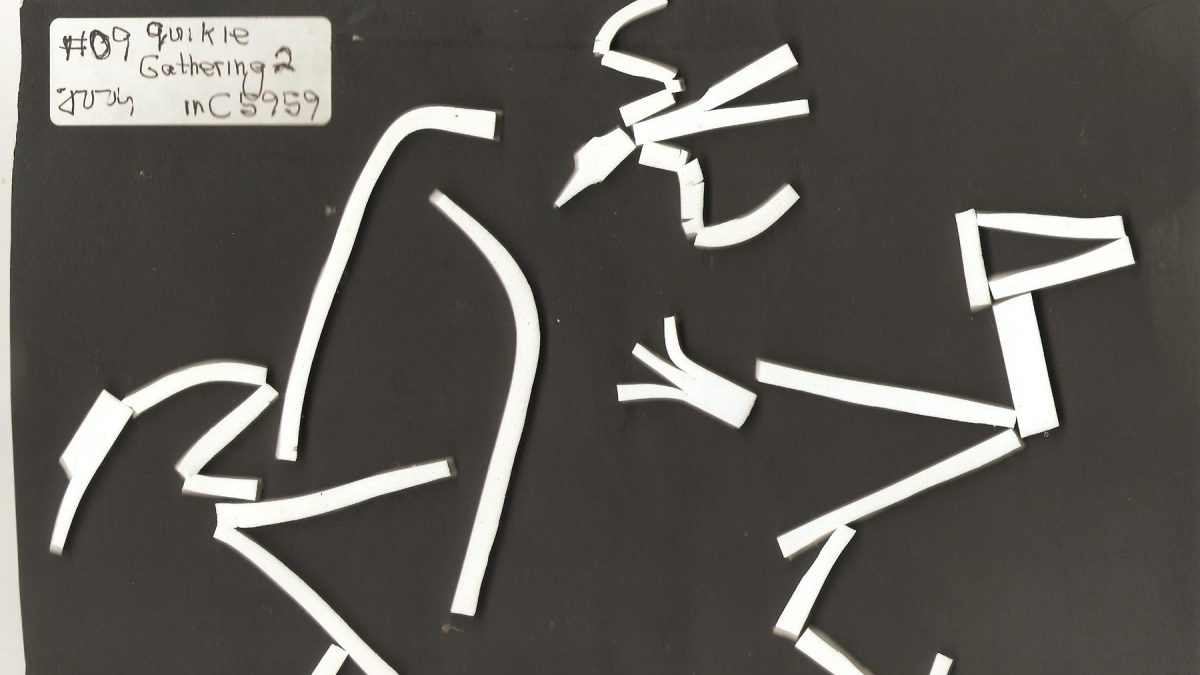Two years ago, Harry Reis, founder of the Canadian Braille Working Group (CBWG), came up with an idea to help his mother engage in social activities at her respite home, where she was living following a health-related issue.
Excaliber is a process that Reis uses to allow the blind and visually impaired to participate in social and cultural activities through touch by rendering images and print into tactile forms.
With this process, Reis was able to create 3D letters for his mother so she could participate in games like bingo and crosswords at her assisted living facility in Oakville. When it helped her, Reis decided to explore how else the concept could help non-sighted Canadians.
This year, he launched a project with the CBWG that aims to bring Indigenous artwork to visually impaired non-Indigenous Canadians. He created an Excaliber interpretation of Norman Knott’s Gathering #2, which is kept in the home of a CBWG member. He hopes the project will give non-sighted Canadians the ability to connect with the Curve Lake First Nation artist.
Tactile aids also have the potential to help seniors who struggle with dementia, memory loss, or arthritis. While Reis uses his own process to make tactile social aids, he believes anyone can get involved and contribute to his goal of creating opportunities for social connections that are accessible to everyone.
“Visit seniors’ facilities and join the quest by helping seniors in those places celebrate the 150th by making social gaming aids,” Reis says over email. “There are plenty of opportunities for sighted Canadians to make social gaming aids for blind and visually impaired seniors in facilities across Canada.”
Artwork by Harry Reis
